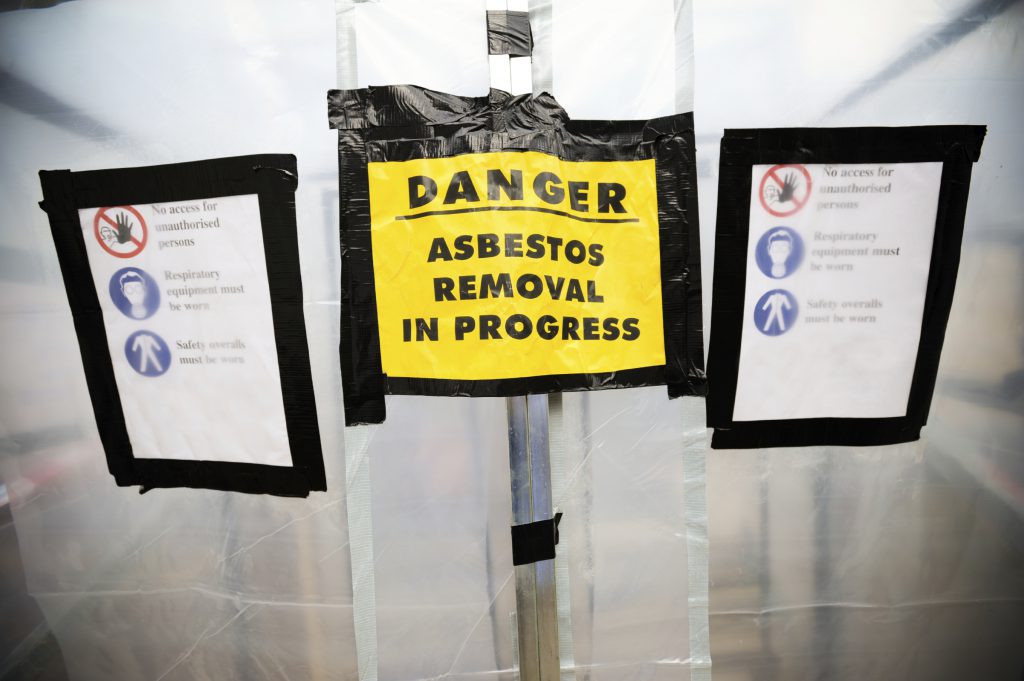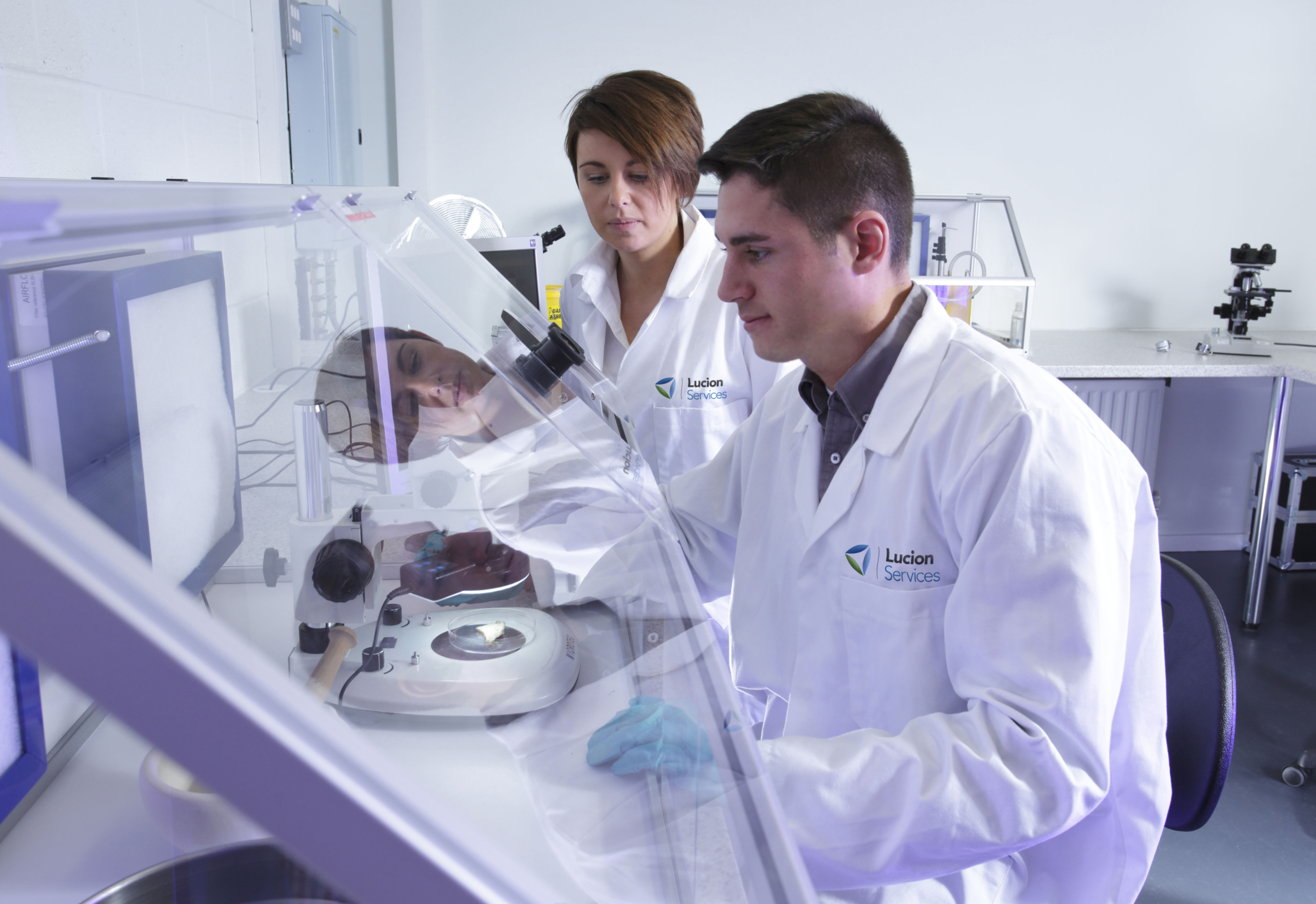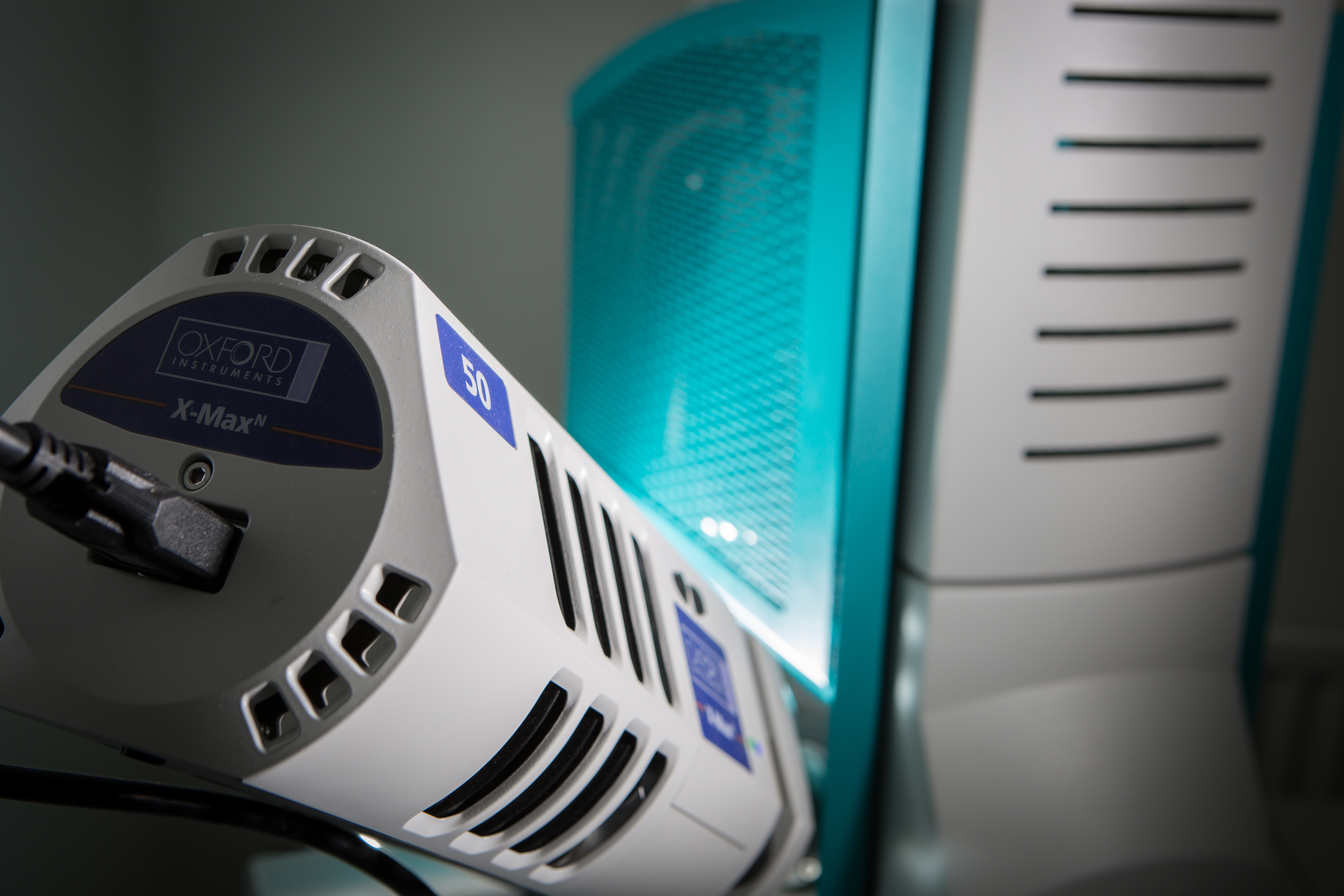SEM ANALYSIS DURING THE MONITORING OF ASBESTOS BLASTING REMOVAL SYSTEMS
7 June 2017
Asbestos surveying and analysis specialist Lucion Environmental has reiterated the importance of effective personal monitoring strategies when abrasive blasting systems are used to remove residual asbestos-containing materials (ACMs).
Although most ACMs are typically removed using low dust emissions systems and by manual methods with hand tools, abrasive blasting is often used as a secondary technique to remove more stubborn or residual asbestos materials.
However, with the significant amount of dust generated during blasting activities, the HSE’s Asbestos Liaison Group (ALG) Technical Working Group has acknowledged that this form of removal creates several challenges in terms of monitoring and analysis.
For the effective monitoring of licensed asbestos removal work and the operatives involved, the ALG has highlighted the potential difficulties associated with the analysis of samples collected in air filters using conventional phase-contrast microscopy (PCM).
The significant amounts of non-asbestos dust generated during abrasive blasting is likely to result in the occlusion of personal air monitoring filters causing difficulties for analysis using conventional PCM. In addition, abrasive blasting can also produce very fine asbestos fibres which are difficult to detect using PCM techniques.
The ALG, therefore, recommends that the personal monitoring strategy needs to incorporate the use of scanning electron microscopy (SEM) or similar techniques and should not be reliant solely upon PCM methods.
Dave Cooper, Lucion’s commercial director, explains:
“The large quantity of non-asbestos dust and dirt generated during blasting and collected by air monitoring filters can obscure the presence of much finer asbestos fibres and hinder their detection.
“This is likely to cause analysis problems with PCM methods and makes the correct assessment of any asbestos fibres present very difficult to achieve.”
The guidance reiterates that it is important to ensure that personal monitoring carried out is representative of the work undertaken. Sampling should take into account the work periods, variations in the extent of the asbestos residues and differences in surface construction.
In certain circumstances, the preparation of samples for SEM analysis destroys any organic matter present, leaving only inorganic material for analysis. This can have the effect of removing some dust and dirt from the sample, enabling any asbestos fibres present to be properly identified.
In such circumstances, the analysis of air filter samples using scanning electron microscopy (SEM) can be undertaken in much greater details using higher magnification than is possible with standard techniques. SEM’s ability to more accurately determine whether asbestos fibres are present means it can better identify the level of any risk that might be present.
SEM can also distinguish between different asbestos fibre types using energy dispersive x-ray analysis (EDXA).
Dave Cooper says:
“The SEM analysis of air filter samples helps to ensure that personal monitoring is representative of the actual working conditions.
“As such it has an essential role to play in providing information on the airborne respirable fibre levels generated by blasting, which is vital to ensure that adequate and suitable controls are in place to protect workers.”
The state of the art laboratory operated by Lucion includes UKAS accredited SEM analysis for airborne asbestos fibre determination and routine optical fibre counting at more than 2000 x magnification.
Further details at lucionservices.com/services/scanning-electron- microscopy/
Risk Assessment FAQs
Conducting your health and safety risk assessment can be a daunting task. Before you get started, read our clients' top risk assessment FAQs.
_4.png)
Download From NexGen
Asbestos Is Schools White Paper
With widespread concern over the potentially harmful effects of asbestos in schools, modern air sampling and analytical techniques have the ability to better protect the health and safety of teachers and pupils. There is no safe limit of asbestos for people to breathe and we want everyone with a responsibility for safety in our schools to better understand the situation.
The white paper has been designed to provide important information to those who manage asbestos in buildings, in particular those who are responsible for the maintenance of the property and teachers.
.png)
Download From NexGen
Tool Box Talk: Asbestos Awareness
As part of Lucion’s Take Care Be Aware initiative, we actively take care of our health and safety responsibilities, with continuous awareness of our commitments to knowledge share and educate.
In doing so we have created a ‘toolbox talk’ on asbestos awareness to raise awareness of the hazards associated with asbestos-containing materials, enabling safety professionals to share knowledge and overall save the time and effort in producing them for you and your teams.
_2.png)
Download From NexGen


 NexGen
NexGen












